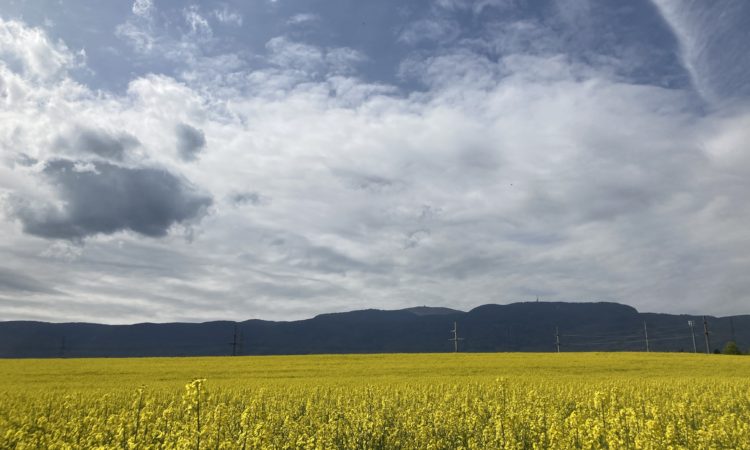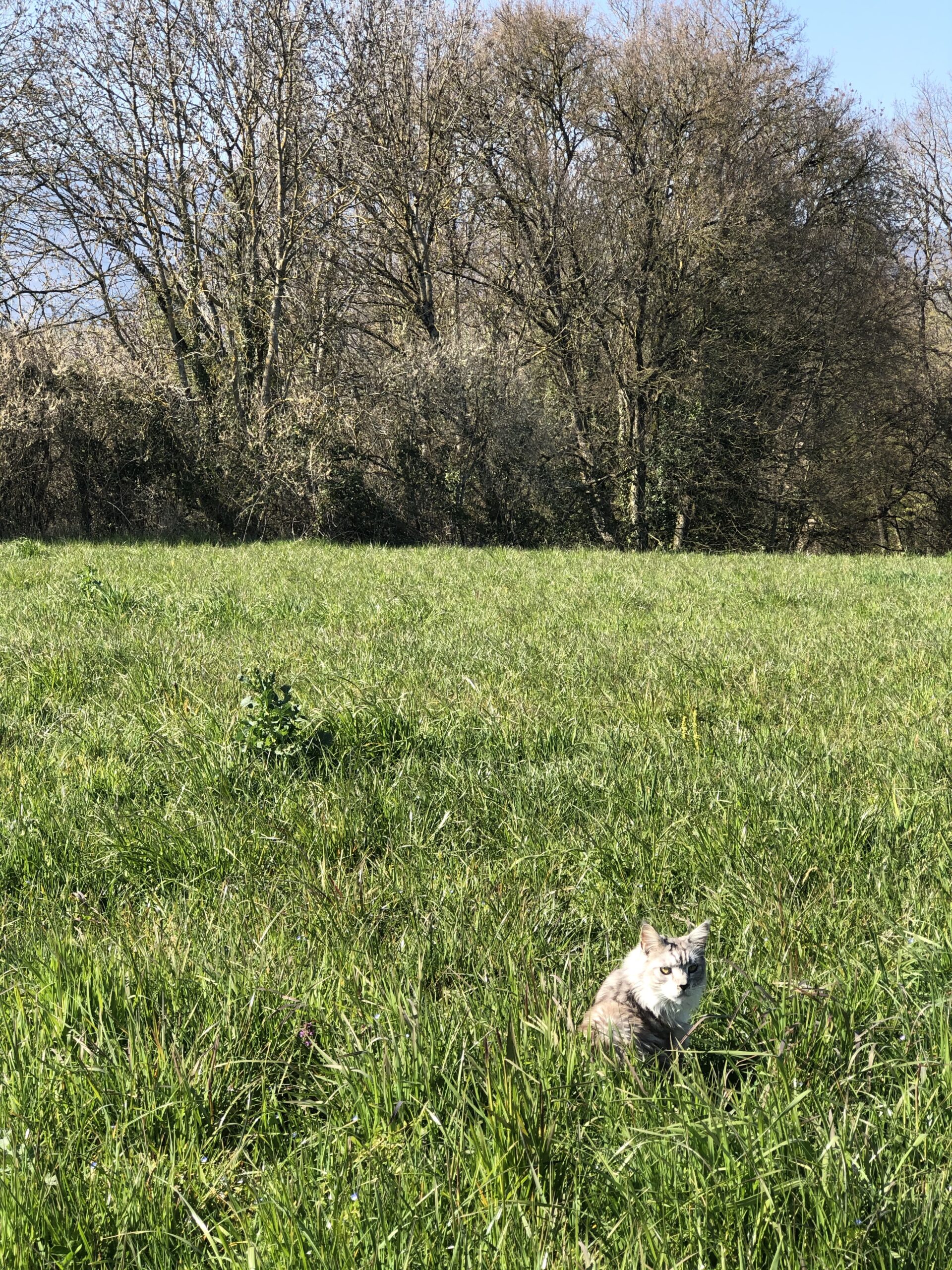Tag: nature
-
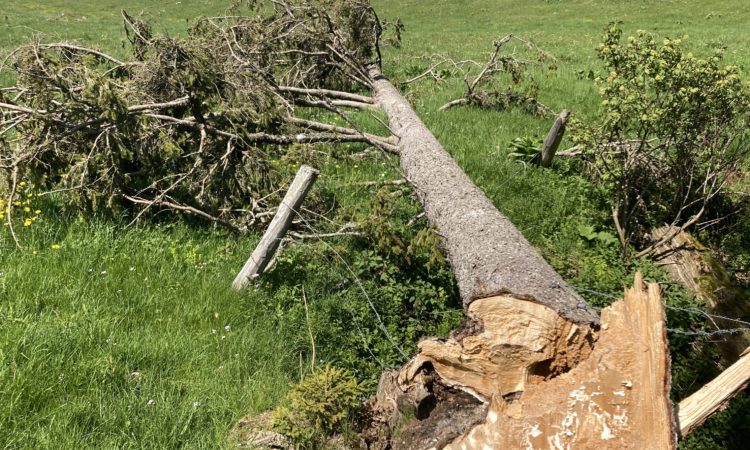
Big Timber – A Netflix Documentary Series
Reading Time: 2 minutesFor a few days I have been watching a few documentary series on Netflix. Big Timber is one of them. Usually I like nature that is untouched. I like to see trees that are standing tall and proud, not on their sides, ready to be chopped up into wood for housing. It…
-
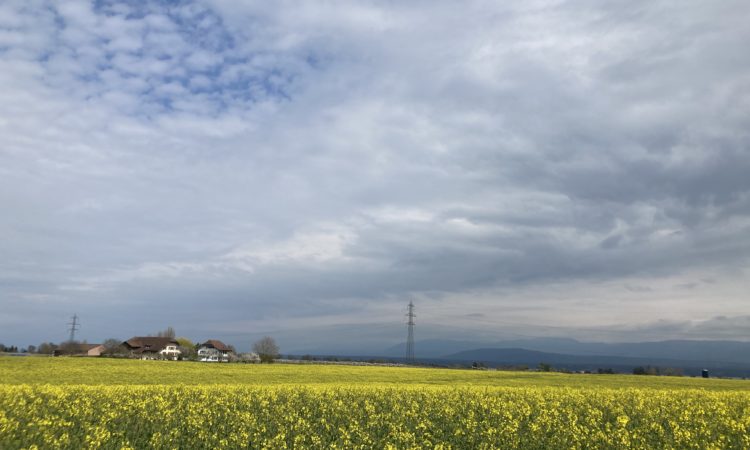
The Sound of Bells and the Smell of Colza
Reading Time: 2 minutesWhat do you hear and smell when you go for a walk in Vaud at this time of year? You hear the sound of cowbells and you hear the sound of cows mooing. I like the sound of cow bells A few days ago I could hear mooing from a distance. As…
-
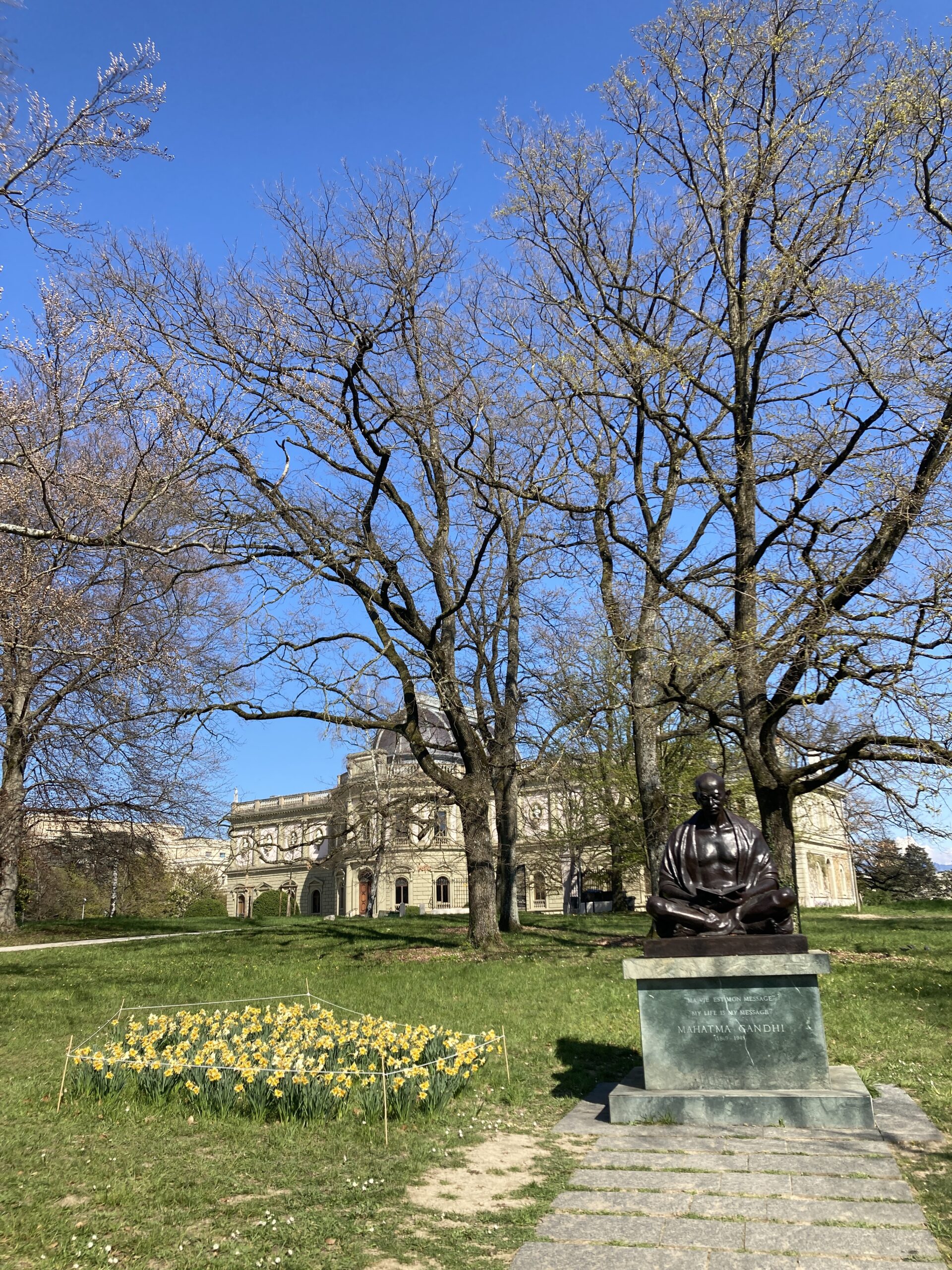
Call of the Re-Wild
Reading Time: 2 minutesEurope wants to bring back top predators like lynx, bears and wolves. In the US national parks brought back certain wild animals and it helped to control the population of elk and other herbivores, and to control the biosphere. The challenge, with Europe, is that it is tiny, compared to the wide…
-
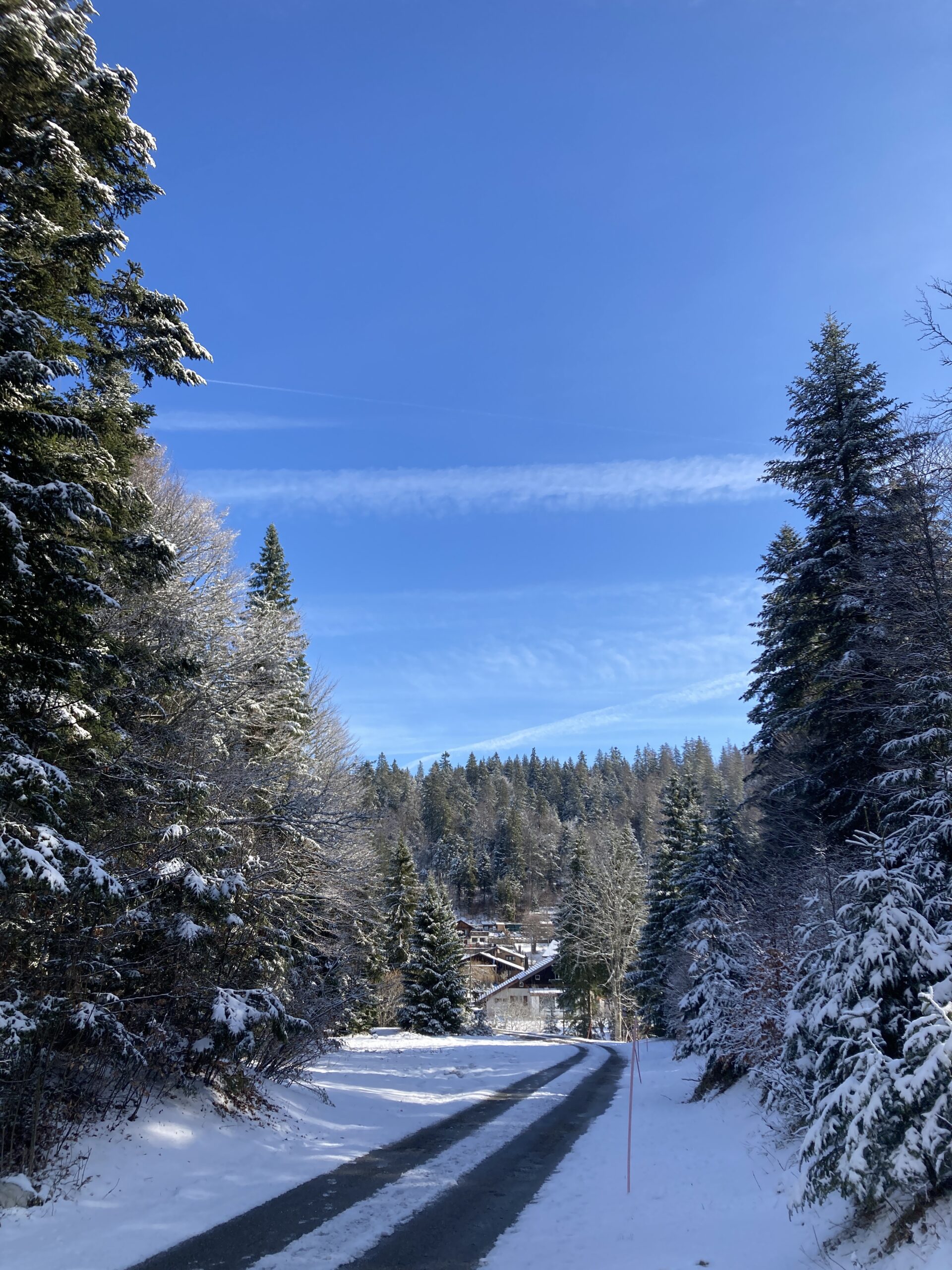
Trees Turning Green
Reading Time: 2 minutesTrees are currently turning green on the Jura. Leaves are growing and so the colour of the Jura is shifting from brown to green at last. Trees suffer in Summer at the moment, due to the lack of rain. That lack of rain results in them changing colour sooner. Yesterday I went…
-
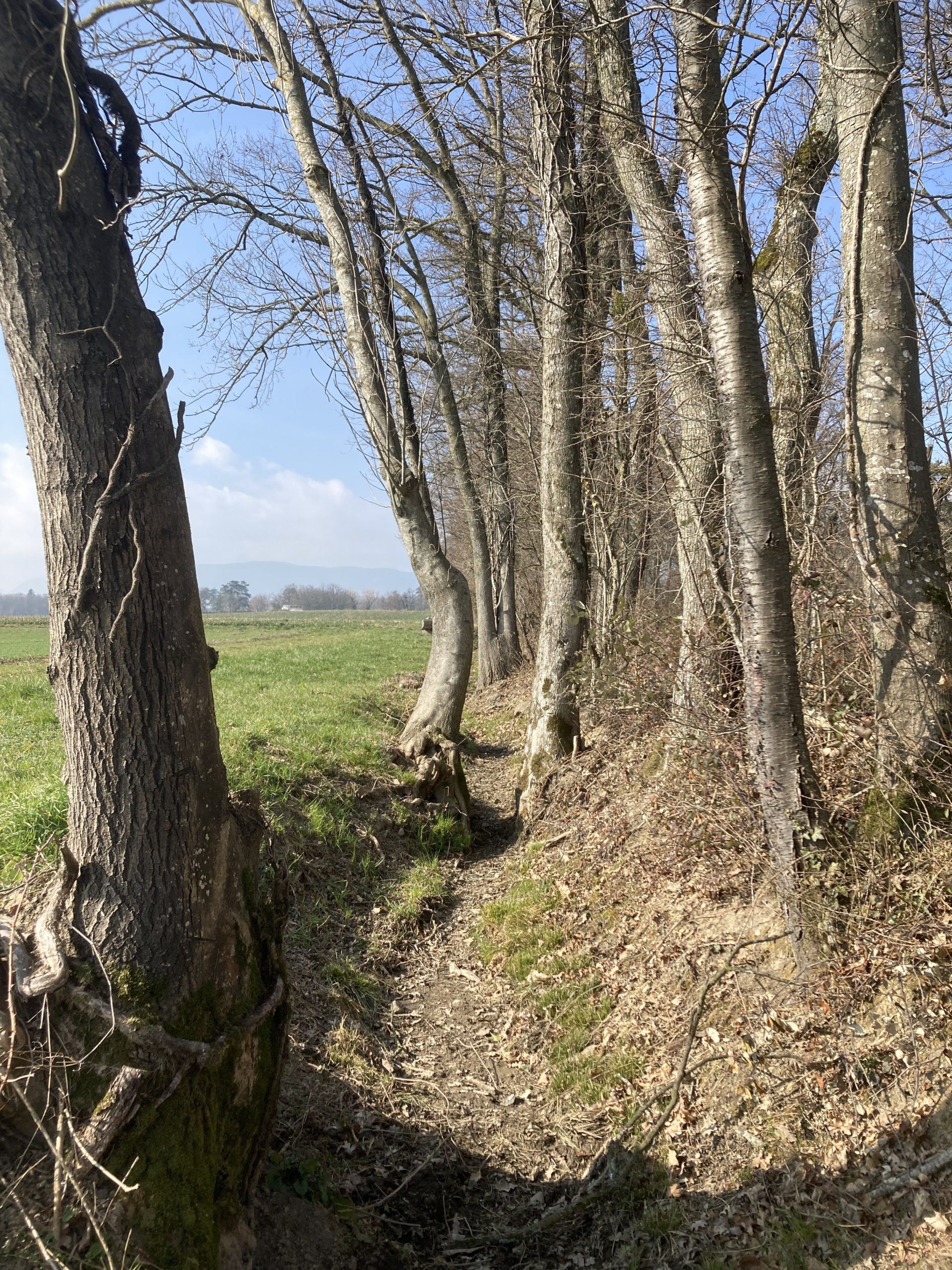
-
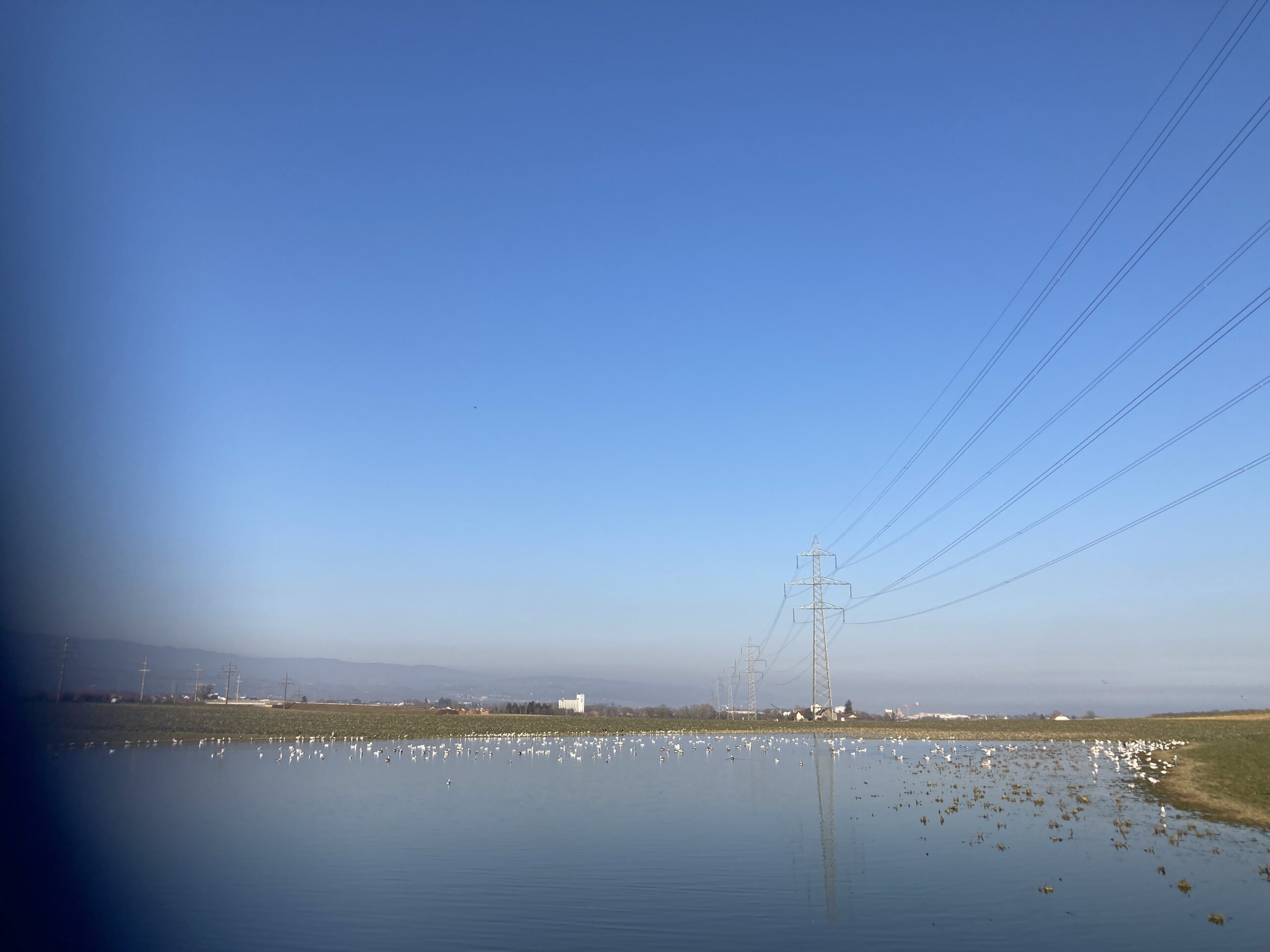
Repotted Orchids
Reading Time: 2 minutesRecently I repotted Orchids and now they seem to be doing fine. I see evidence of new buds and suspect that they have continued to grow despite my intervention. For months I considered repotting them but I was afraid that it would kill them. I waited until they were between blooms but…
-
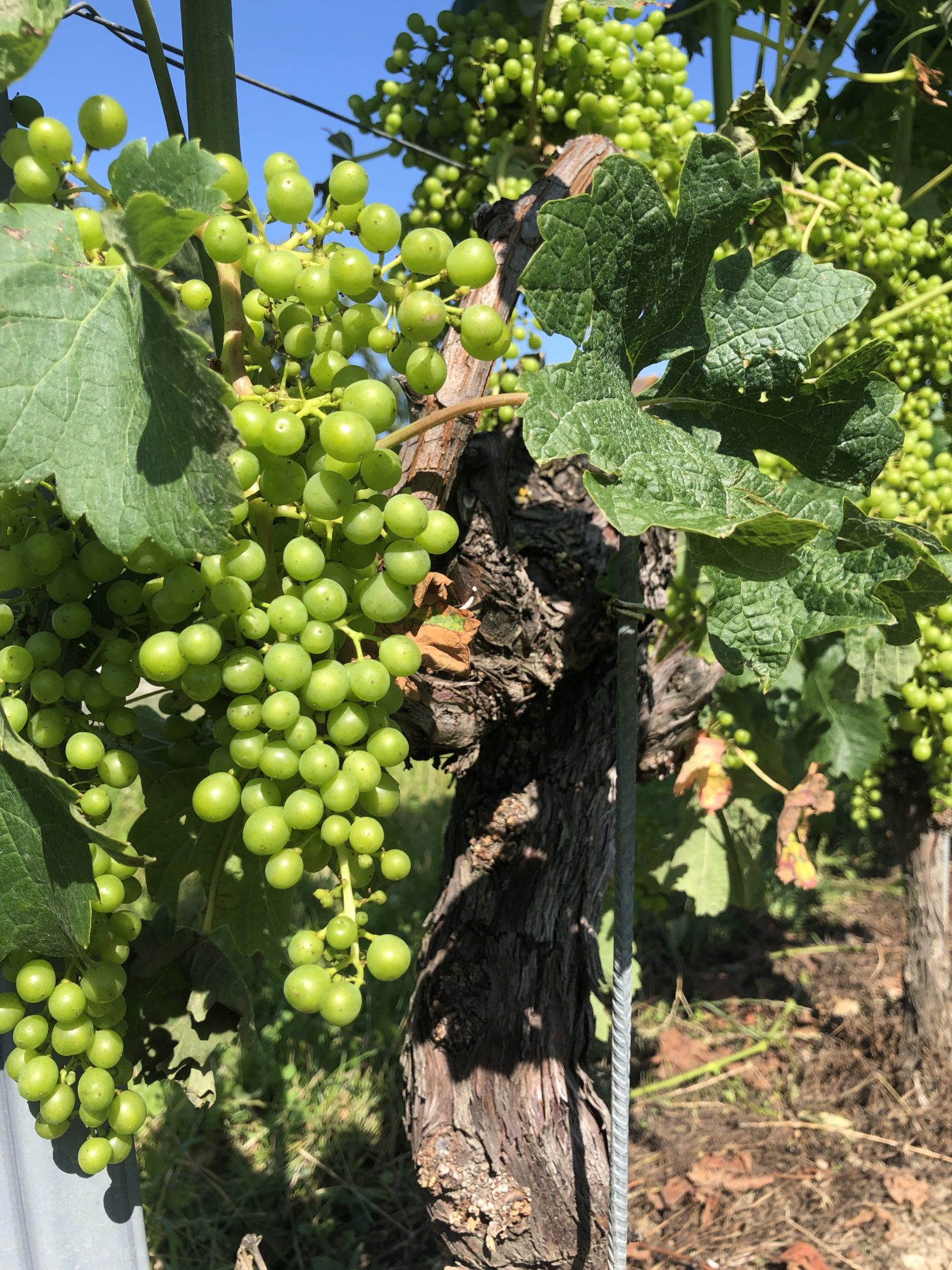
Grapes and Apples
Reading Time: 2 minutesI have seen combine harvesters at work over the last two days. Yesterday I saw them harvesting colza, and today I saw them harvesting wheat. At the moment you see grapes that are still in a juvenile state, and apples that look a little more mature, growing on their respective plants. When…
